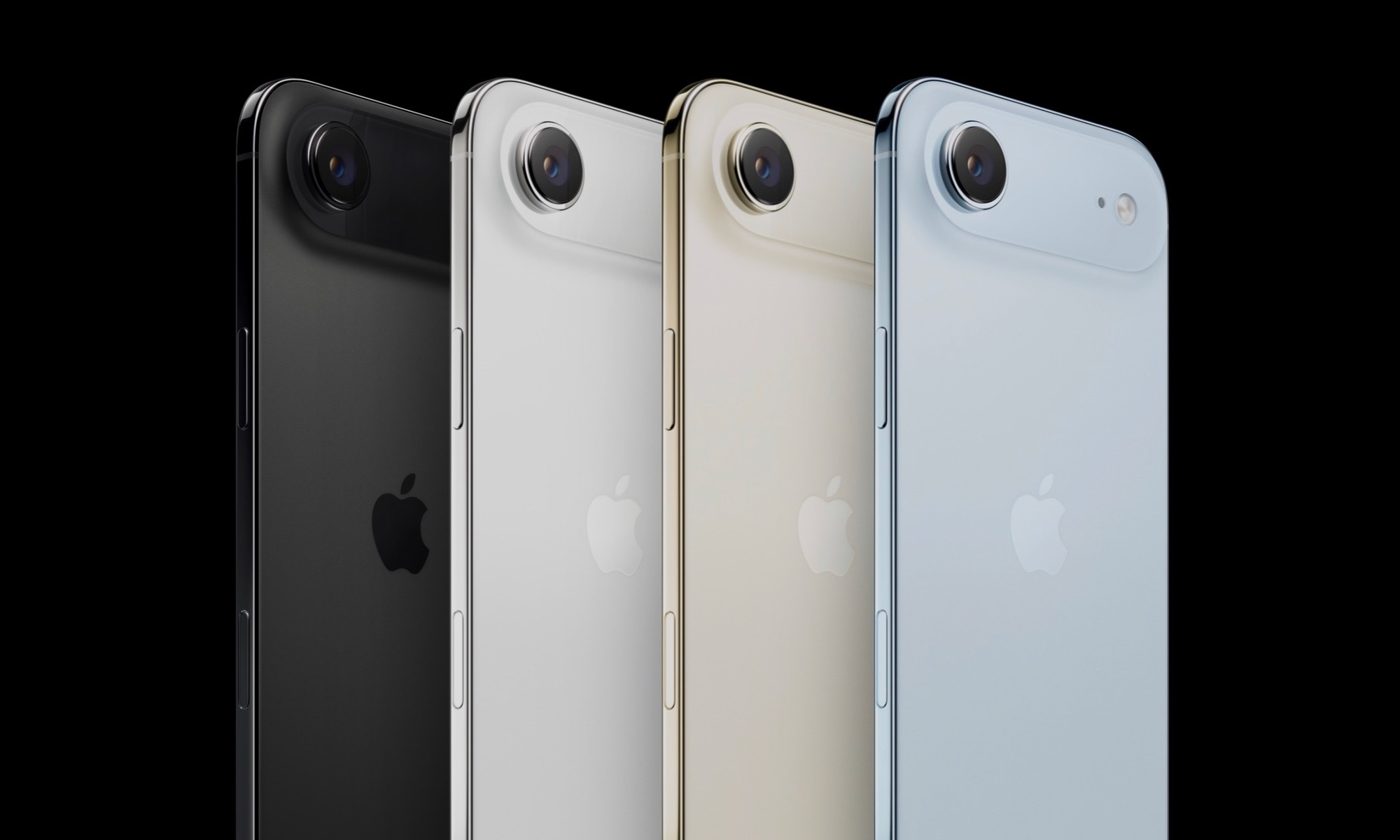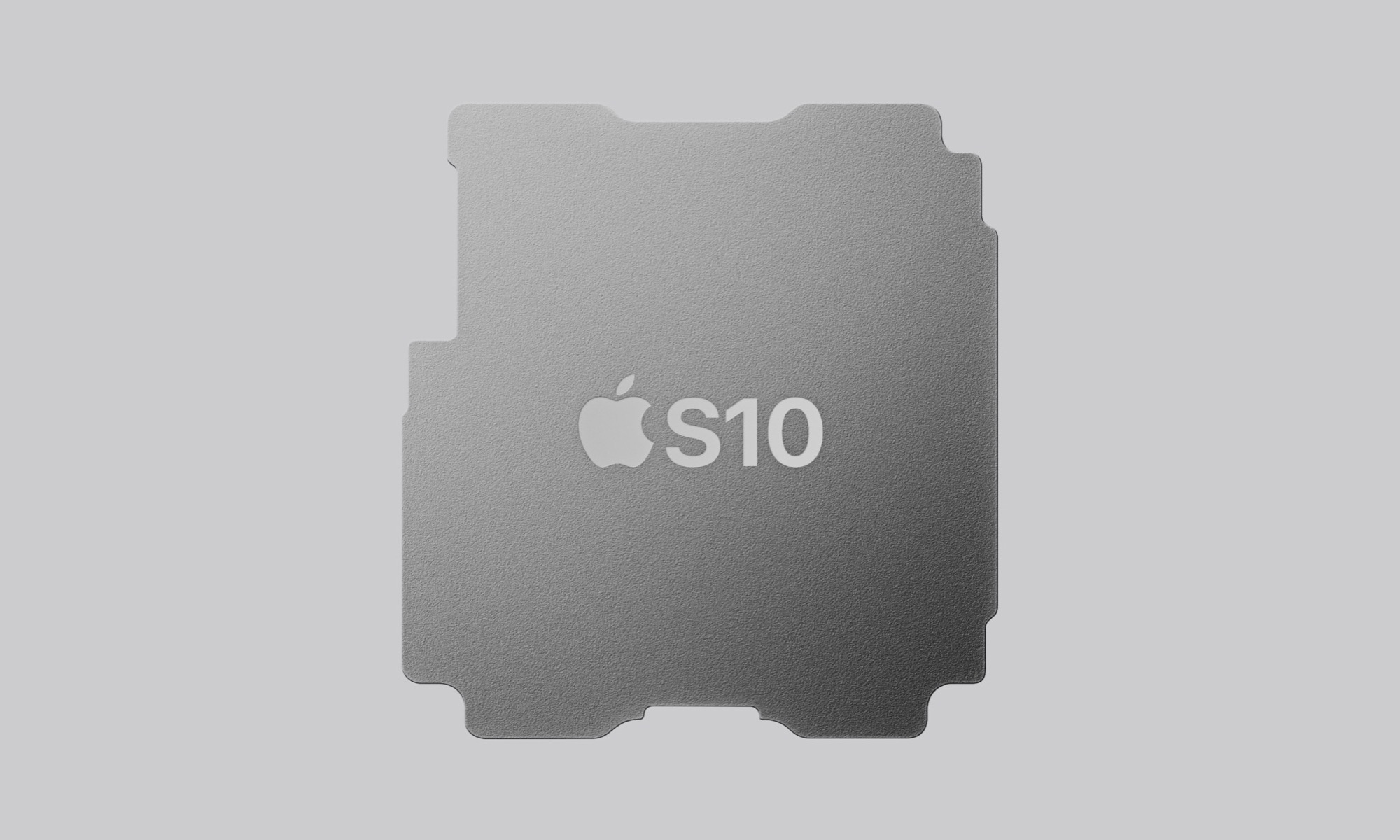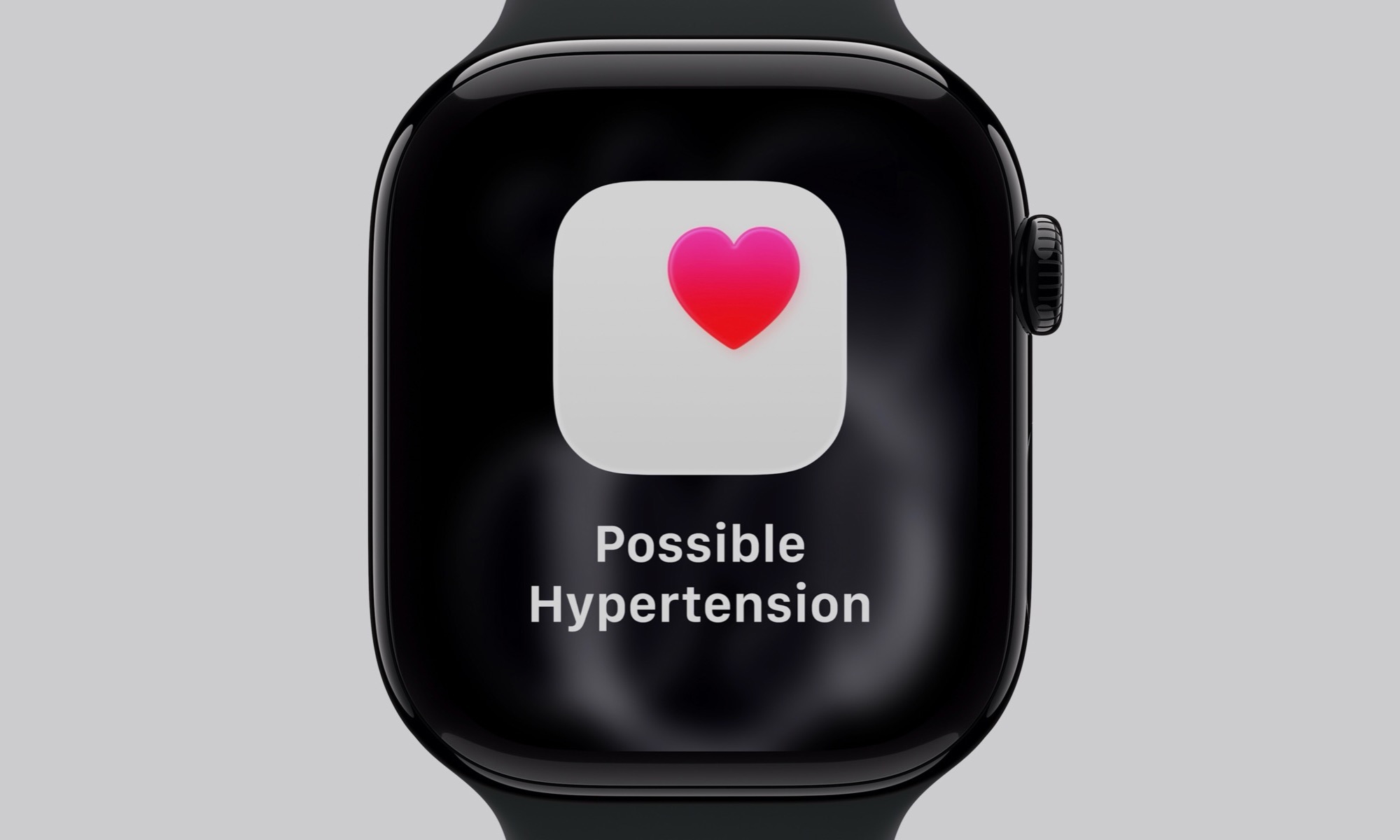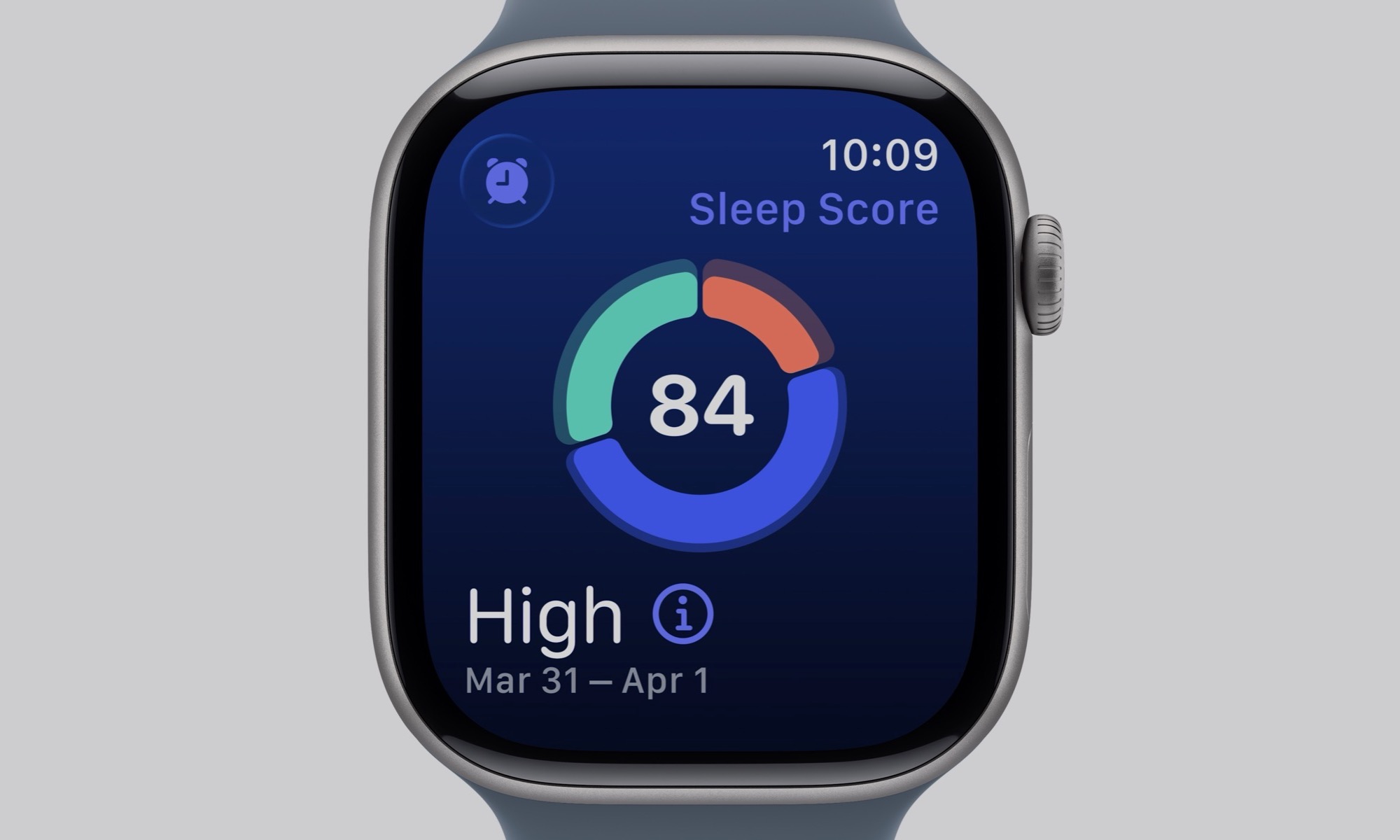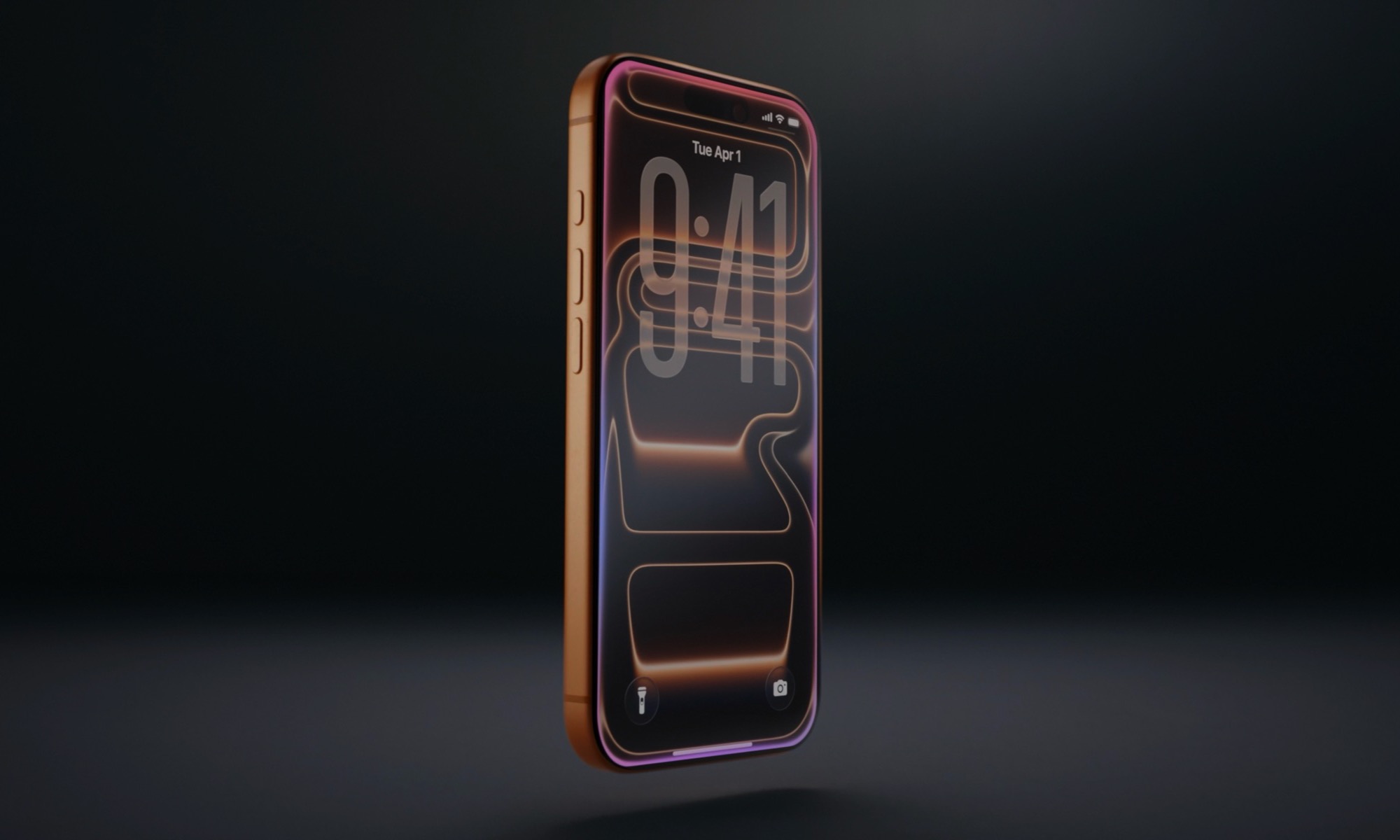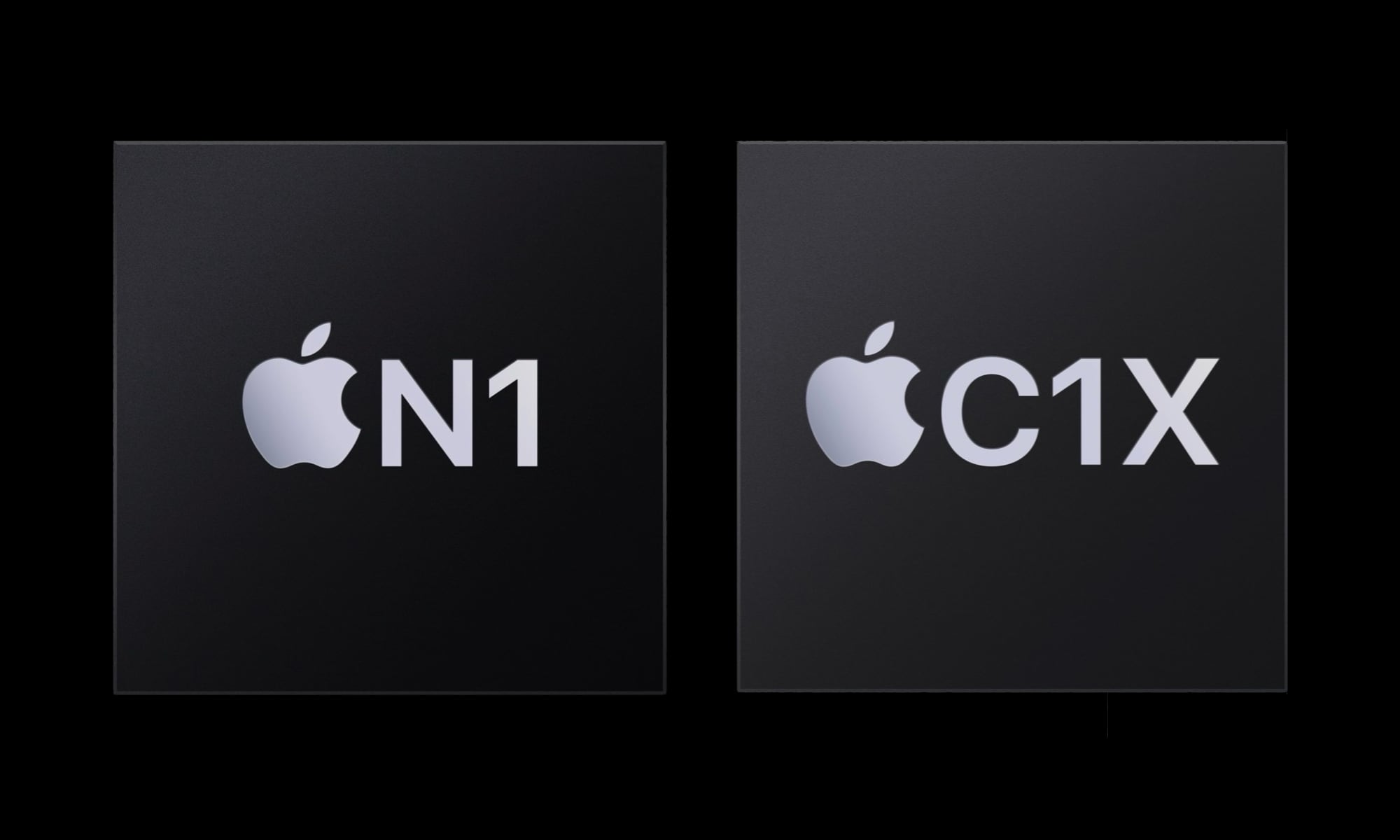7 Surprises from This Week’s iPhone Event

If you’re reading this, you’re likely already aware that Apple held its “Awe Dropping” iPhone launch event this week. As usual, it was an intense presentation of new iPhones, Apple Watches, and even a new set of AirPods Pro.
Apple packed quite a bit into 71 minutes. While we pretty much got everything we expected, from a new ultra-slim iPhone Air to an Apple Watch Ultra 3 with satellite connectivity, the event wasn’t without a few surprises.
The overarching rumors about what we’d see were spot on, but the real magic lies in the details, and Apple had some unexpected twists in store for us. Read on for X things that surprised us about this year’s “Awe Dropping” event.
The Numberless iPhone Air
Rumors of Apple’s plan for a new, ultra-slim iPhone began around the same time it unveiled the “impossibly thin” M4 iPad Pro in early 2024. Early reports pointed to the name “iPhone 17 Slim,” while later ones refined that to “iPhone 17 Air” to match Apple’s more common branding. However, what almost no one saw coming was that Apple would drop the number entirely.
The new 5.6 mm iPhone is simply called the “iPhone Air.” It wasn’t until just hours before the event that a Chinese leaker reported finding the name on a warranty card, but nobody was sure this was a legitimate document until Apple took the stage to show off the name.
Eliminating the number gives the name an extra bit of elegance to match the flair of the new, incredibly svelte iPhone, and that may be the only reason.
However, this has also opened the door to speculation as to what Apple’s longer-term plans will be. Indeed, it’s the first of its kind. Still, so was the iPhone X. Leaving aside that this is obviously the Roman numeral for 10, Apple did appear to be on the cusp of starting a new lineup with the “XS “as the follow-up, but by 2019, it had acknowledged that as the type of “S” model we’d been in the early iPhone years, and moved the dial up to 11 for the entire lineup.
So, the numberless iPhone Air begs the question as to whether Apple will call its successor the “iPhone Air 2” or fall back into line with an “iPhone 18 Air” next year. This also leaves us wondering if perhaps Apple isn’t intended to make this an annual release. Leaving the number out gives it a timeless quality, and today’s iPhone Air could remain on the market for a few years before Apple eventually replaces it. At that point, it could just follow its iPhone SE and iPad naming strategy and continue leaving the number out. We’ll have to wait and see.
2025 Apple Watches Still Use the S10 Chip
Another big surprise is that, despite Apple introducing three new Apple Watch models yesterday, the company has chosen to overtly acknowledge that the silicon inside hasn’t changed.
Over the past eight years, Apple has frequently used the same silicon in its Apple Watch updates. However, it typically repackages them, resulting in new chip designations. For instance, while the Apple Watch Series 5 used the same T8006 silicon inside as the S4 chip in the Series 4, Apple merely repackaged it and called it the S5.
The same happened with the Series 6, Series 7, and Series 8 models, which used S6, S7, and S8 chips that were all T8301 silicon inside. While the S9 was a nice upgrade to an S9/T8310 that featured a neural engine to power new features like Double Tap and on-device Siri processing, the S10 was just another version of that same silicon.
The conventional wisdom was that Apple would do the same for this year’s S11. However, it turns out that it didn’t even go that far; the Apple Watch Series 11, Ultra 3, and SE 3 are all listed as having the identical S10 chip used in last year’s Apple Watch Series 10.
That’s not necessarily a bad thing, since even an “S11” chip wouldn’t have represented a meaningful performance boost. If anything, we respect that Apple is being more transparent about what it’s doing here.
New Health Features Aren’t Exclusive to the New Apple Watch Models
The Apple Watch Series 11 not only uses the same S10 chip as the Series 10, but it also doesn’t appear to have any new sensors. This means that you don’t need to rush out and buy a Series 11 to access the new health features that Apple showcased yesterday.
While the new blood pressure hypertension monitoring would seem like it requires a new sensor, it’s capable of using the hardware in the Apple Watch Series 9 and Ultra 2 and later models. As Apple describes it, “Hypertension notifications on Apple Watch use data from the optical heart sensor to analyze how a user’s blood vessels respond to the beats of the heart,” with an “algorithm [that] works passively in the background.”
In other words, this is likely more about the S9/S10 chips and their neural engines than sensors specifically designed to monitor blood pressure. The heart sensor is sufficient.
Hypertension notifications are still under review by the FDA and government health regulators in other countries, but once approved, Apple has confirmed they’ll be available on the Series 9 and Ultra 2 and later models in both families.
Clearance for hypertension notifications from the FDA and other regulators is expected soon, and the feature will be available in more than 150 countries and regions — including the U.S. and the EU — this month. Hypertension notifications will be available on Apple Watch Series 9 and later, and Apple Watch Ultra 2 and later, with watchOS 26.
The same goes for the new Sleep Score. Even though Apple showed this off as part of the Apple Watch Series 11 yesterday, it’s a watchOS 26 feature that will be available on all Apple Watches capable of running that version: the Apple Watch Series 6 and later models, plus the Apple Watch SE 2.
This should be less surprising, as it’s obviously nothing more than a calculation of the sleep tracking data that the Apple Watch has been able to record since watchOS 7, which was released alongside the Apple Watch Series 6 in 2020.
The only significant upgrades the Series 11 has over its predecessor are longer battery life and increased durability. This year’s models also support 5G, although this feature is currently limited to specific carriers and countries. For example, the Canadian model of Apple Watch Series 11 remains LTE only.
The iPhone 17 Pro Gets More Battery Life in Some Countries
As expected, Apple has finally removed the physical SIM card slot for iPhones sold in more countries, marking the first time an eSIM-only iPhone will be sold outside the United States since Apple first made the transition with the 2022 iPhone 14 lineup.
This year, Apple has an extra surprise for those countries that can benefit from a SIM-less life. While the US iPhone 14 Pro through 16 Pro models lacked the physical SIM card, Apple seemingly never did much with that vacant space beyond adding an mmWave antenna.
Now, it’s using the opportunity to add a slightly larger battery. Combined with the new aluminum unibody design of the iPhone 17 Pro and iPhone 17 Pro Max, the eSIM-only versions will get an extra two hours of video playback compared to those that still need to leave room for a physical nano-SIM card.
Unfortunately, which one you can get will largely depend on where you live. The US iPhone 17 Pro models are still eSIM-only, and remain the only ones to feature mmWave support. Apple is now selling a second variation of the iPhone 17 Pro and iPhone 17 Pro Max in Canada, Mexico, Japan, Guam, Kuwait, Bahrain, Oman, Qatar, Saudi Arabia, the UAE, and the US Virgin Islands.
The N1 and C1X Chips
Apple spent some time during yesterday’s event talking about how much of an engineering miracle the new iPhone Air is, and we’re inclined to agree. However, the skills required to create this ultra-thin marvel go well beyond just materials engineering.
As Apple pointed out, this wouldn’t have been possible without its own custom silicon. The iPhone Air fits nearly all the electronics into the camera bump — which Apple now calls the “plateau” — with the remainder of the 5.6 mm body being all battery.
Apple wouldn’t have been able to pull this off with the Qualcomm and Broadcom chips it’s used for years, so it had to create its own. We got a sneak peek at the new C1 modem chip earlier this year in the iPhone 16e. Still, while it was believed that Apple would use the same chip in the iPhone Air, the company surprised us with a new variation, the C1X, that promises greater performance and power efficiency.
It’s still not an mmWave-capable chip — that likely won’t arrive until Apple finishes the C2 — but it’s also an upgrade to the original C1, showing that Apple isn’t sitting still in developing its own communications silicon.
The second example of this is the N1 chip, which is Apple’s new answer to Wi-Fi and Bluetooth connectivity. In this case, it delivers Wi-Fi 7 and Bluetooth 6 not only to the iPhone Air, but also to the rest of the iPhone 17 lineup. While the C1X is only used in the iPhone Air, the N1 is now being used in the entire fall 2025 iPhone lineup. It likely won’t be long before it becomes the standard for all Apple products.
The MagSafe Battery Returns (Sort Of)
One of the casualties of Apple’s switch to USB-C was the MagSafe Battery Pack. Released in 2021 for the newly MagSafe-equipped iPhone 12 models, it provided a convenient way to add a bit of extra juice to your iPhone without too much extra bulk.
Sadly, it also recharged via Lightning, so when Apple dropped its proprietary legacy port, it chose to eliminate the MagSafe Battery Pack instead of releasing a new USB-C version.
We’ve heard a few hints over the years that it could make a comeback, but nothing ever seemed to materialize. We were pleasantly surprised when it showed up again yesterday during Apple’s iPhone Air presentation, but that also quickly turned to disappointment when it became clear that Apple had designed it exclusively for the new ultra-slim model.
As much as Apple touted the “all-day battery life” of the iPhone Air, it clearly recognizes that not everybody has the same definition of a “day.” The new MagSafe Battery Pack is designed as an extra tank that adds 65 percent longer run times, increasing video playback from 27 hours to 40 hours.
In case it wasn’t obvious, the new accessory is named the iPhone Air MagSafe Battery and is described as “created exclusively for iPhone Air.” It’s also clear when you see it attached to the back of an iPhone Air, where it’s a perfect fit. The camera bumps (or “plateaus”) will get in the way of using it on other models.
Only Three iPhone Pro Colors
For the first time since introducing the iPhone Pro lineup in 2019, Apple is offering its flagship models in only three finishes: silver, Deep Blue, and Cosmic Orange.
Considering the history and the fact that the rumor mill disagreed on whether we’d see four or five colors, it’s fair to say no one saw this one coming.
It’s even more surprising when you consider that two of these are actual colors. While the iPhone X was available in only two finishes each, those were silver and space gray, and when the iPhone XS added a third, it kept the original two neutrals and added gold.
When Apple added the “Pro” branding in 2019, it kept the trio from the iPhone XS and added a fourth unique color each year: Midnight Green for the iPhone 11 Pro, Pacific Blue for the iPhone 12 Pro, Sierra Blue for the iPhone 13 Pro, and Deep Purple for the iPhone 14 Pro. The iPhone 13 Pro also gained a fifth color, Alpine Green, a few months later, becoming the only Pro model ever to get a mid-cycle color update (so far).
During that time period, gold and silver remained in the lineup, while space gray shifted to graphite and eventually space black. However, these were all really just shades of gray.
The colors got even more muted when Apple switched to titanium two years ago. Gold was effectively replaced with Natural Titanium, while Black Titanium and White Titanium took up the mantle of dark and light neutrals. Blue Titanium became the unique color for the iPhone 15 Pro, which was replaced with a brighter Desert Titanium on the iPhone 16 Pro.
Still, that’s four finishes every year, and five for the iPhone 13 Pro. However, this year Apple has eliminated the dark neutral. There is no space gray, graphite, space black, or even “natural aluminum” iPhone 17 Pro. Instead, we get two colors, one of which is a vibrant orange, the likes of which we’ve never seen before. However, with all due respect to the popular Netflix series, we think that, in this case, Deep Blue is the new black.

